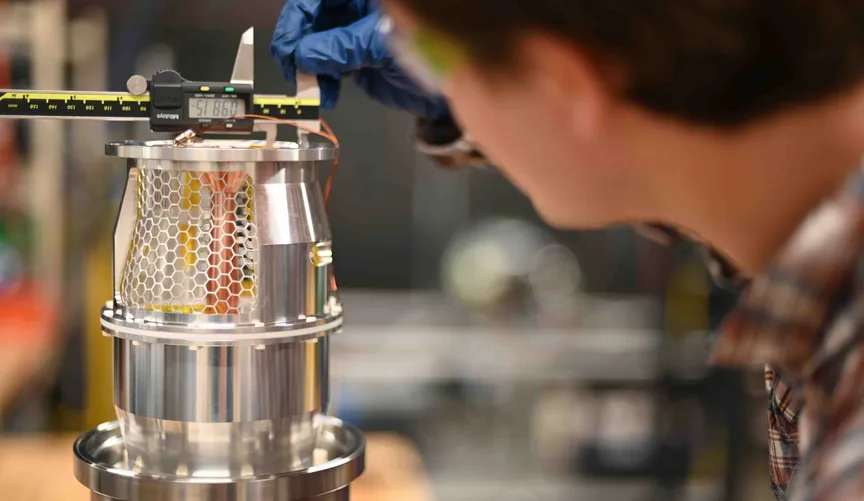Fusion Powered Space Travel
Avalanche Energy is proud to announce that we are working towards making the next generation of space exploration a reality.

Co-Founder, COO
The world is on fire, and fusion power will help fix it. Avalanche is developing an economical fusion microreactor called the Orbitron, with nearly limitless applications for distributed clean energy.
Fusion will empower life to thrive everywhere.
Meet the growing crew of engineers, physicists, and scientists with start-up experience in reusable rockets, hypersonic wind tunnel testing, particle accelerators, and more, working to bring fusion back from the future.

Join our team of elite physicists, scientists, and engineers and help make fusion microreactors a reality.
Watch as we make science fiction real.
Avalanche Energy is proud to announce that we are working towards making the next generation of space exploration a reality.

Co-Founder, COO
Avalanche has received a $275K grant from the National Science Foundation (NSF) to study the efficiency of their Orbitron fusion device.

Co-Founder, COO
This year at the Canadian Workshop on Fusion Energy Science and Technology (CWFEST-2023), Robin Langtry, co-founder and CEO of Avalanche Energy peeled back the curtain on Avalanche’s fusion microreactor–The Orbitron.

Co-Founder, COO
With $30 million+ in our wings, we're ready to give endless energy to remote, austere, and mobile industries. Have an application idea or need? Tell us about it!
